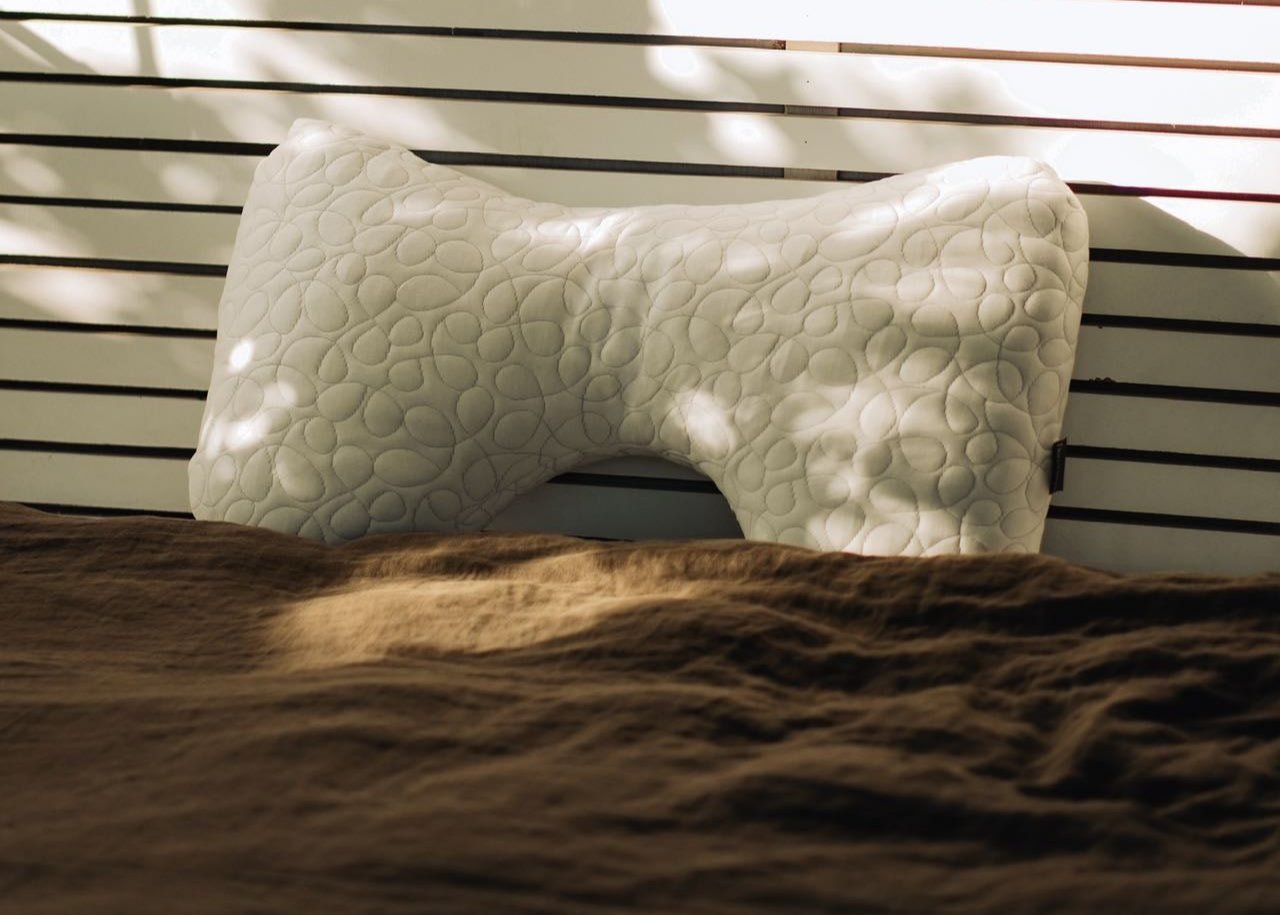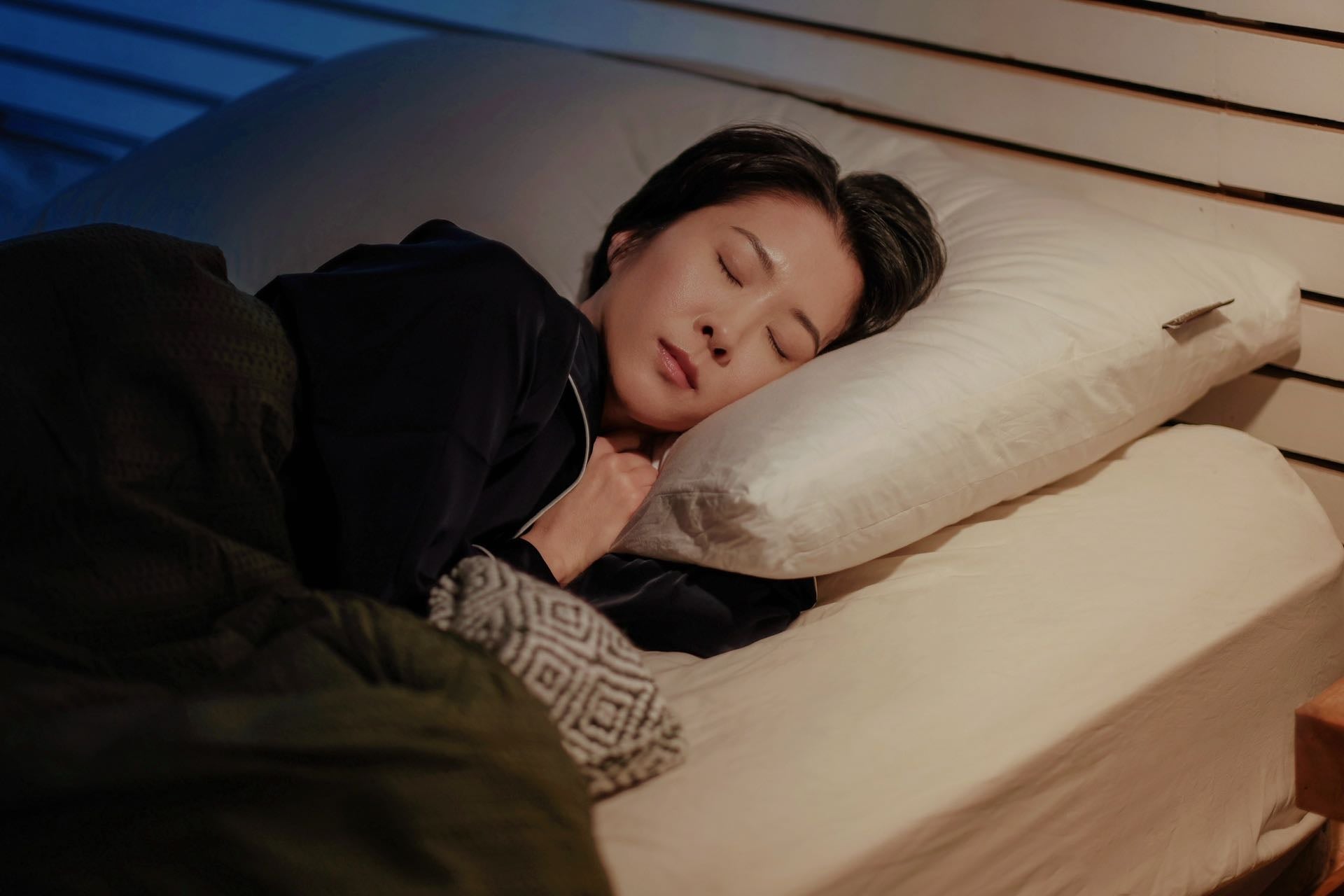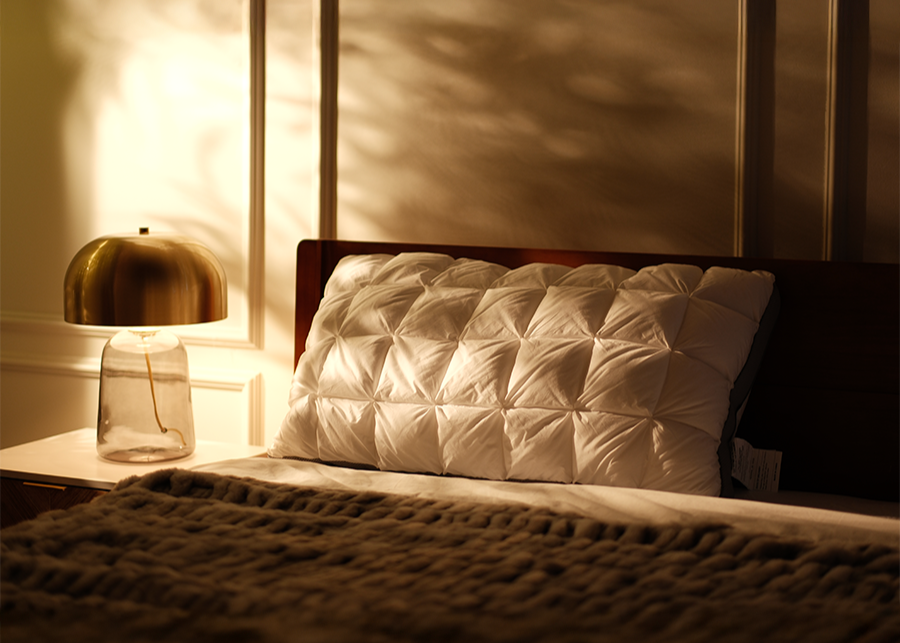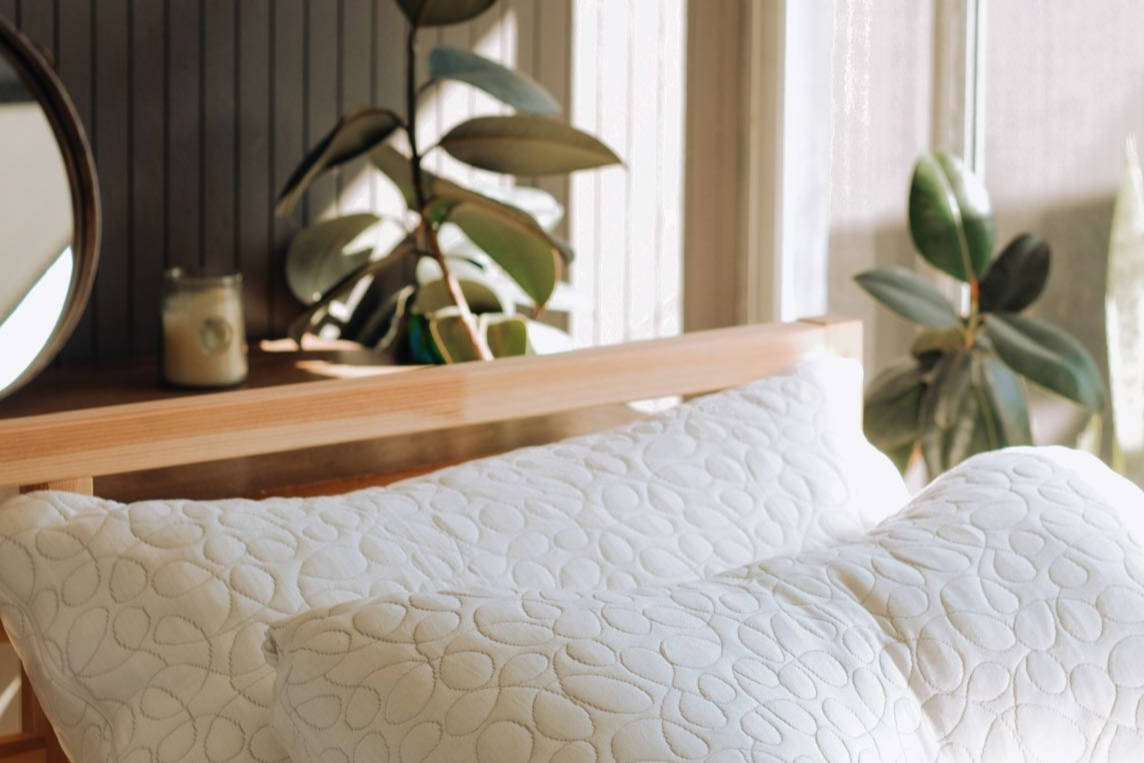How to Care for Your Pillow (Washing & Maintenance Guide)
We rest our faces on our pillows night after night, so keeping those pillows clean and in good shape is essential. Proper pillow care not only promotes better hygiene (and fewer allergens) but also helps extend the life of the pillow so you get the most out of your investment. Different pillow types have different care needs – for instance, you can’t wash a memory foam pillow the same way you’d wash a cotton or down pillow. In this guide, we’ll cover general pillow maintenance tips, from regular cleaning to fluffing and protecting your pillow, to help you sleep on a fresh, supportive surface every night.
Use Pillow Protectors and Fresh Pillowcases
One of the easiest ways to care for your pillow is to use a protective cover underneath your regular pillowcase. A zippered pillow protector (preferably one that’s dust-mite-proof) can greatly reduce the buildup of sweat, skin oils, dust mites, and allergens in your pillow. It acts as a barrier, and you can remove it and wash it frequently. On top of that, change and wash your pillowcase regularly – ideally every week or at least every two weeks, as you do your bedsheets. Clean pillowcases prevent dirt and oils from transferring into the pillow itself. This routine alone keeps your pillow much cleaner and can extend the time between deep cleanings. Plus, for those with acne-prone skin or allergies, clean covers are a must. Essentially, by using good covers and keeping them clean, you’re protecting the pillow’s interior from most of the gross stuff, which means a healthier sleep surface for you.
Regular Washing – But Check the Label
Most pillows should be washed periodically to remove accumulated sweat, oils, and dust – experts recommend washing pillows about every 3 to 6 months. However, it’s critical to check the care tag on your pillow to see the manufacturer’s instructions. Many common pillows (down, feather, and fiberfill/polyester) are machine-washable. Here’s how to wash those: Use a gentle cycle with warm water (not hot) and a mild detergent. It’s best to wash two pillows at a time (to balance the washer) or one pillow with some towels. Rinse twice to get all the soap out. Memory foam or latex pillows, on the other hand, should NOT go in the washing machine. The agitation can tear foam and ruin its structure. For those, spot-clean any stains with a mild detergent solution and water – gently hand wash and rinse areas as needed. Some solid foam pillows have removable covers you can machine wash, but the foam itself you typically just air out (and you can sprinkle baking soda to deodorize, then vacuum it off). Down and feather pillows can usually be machine washed, but use a delicate cycle and maybe an extra rinse to get rid of soap which can cling to feathers. A tip: add an extra spin cycle to extract as much water as possible, since pillows can hold a lot of moisture.
Dry Them Properly
Drying is a crucial part of pillow care – a pillow that isn’t completely dry can develop mold or mildew inside, which you definitely want to avoid. For down, feather, and fiberfill pillows, tumble dry on a low heat setting. Toss in a couple of dryer balls or clean tennis balls with the pillows. These will bounce around and help fluff the pillow by breaking up clumps of filling as it dries. It might take a while – often a full hour or more – to thoroughly dry a pillow. Check it periodically and fluff it by hand during cycles to make sure it’s drying evenly. For memory foam and latex, since machine drying is a no-go (heat can damage foam), it’s best to air dry them. Lay the pillow flat in a well-ventilated area, ideally in sunlight, or use a fan. Rotate it occasionally to allow all sides to dry. Ensure no moisture remains inside – foam especially can feel dry on the surface but still be wet deep inside, so give it ample time. Whichever method you use, do not put a pillow back in a pillowcase or on your bed until it is 100% dry. A hint of dampness inside a pillow can lead to odors and bacteria growth. As a final step, once dry, give the pillow a good fluff to restore its shape. Proper drying not only prevents mold but also helps keep the fill distributed.
Keep Pillows Fluffed and Fresh
Even with washing, pillows benefit from regular maintenance in between. Make it a habit to fluff your pillows daily or at least a few times a week. Simply grab opposite ends and push in-and-out to re-distribute the fill, or fluff it in the air like a cushion. This prevents the filling from staying packed down and helps the pillow maintain its loft. Every couple of weeks (perhaps when you change the sheets), allow your pillows to air out. If the weather is dry and sunny, you can even put them outside for an afternoon – sunlight has a natural sanitizing effect and can help eliminate odors. (Be cautious with colored pillows or covers in direct sun, as it could fade fabric.) Another trick for freshness: when washing bedding, sprinkle a bit of baking soda on your pillow, let it sit for an hour, then vacuum it off. Baking soda can absorb odors. Also consider occasionally flipping or rotating the pillow (especially if you tend to sleep on one side of it more) to even out wear. If you notice any moisture (for example, if someone slept on it with wet hair), ensure it gets dried out. By keeping pillows dry, fluffed, and protected, you ward off dust mites and extend their usable life. However, remember that even with the best care, pillows should be replaced every few years for optimal comfort and hygiene. Good pillow care will get you to that replacement point with a pillow that’s still in decent shape, rather than one that’s a filthy, flattened mess.
Caring for your pillow is fairly simple and well worth the effort. Keep it covered, wash it on the appropriate schedule (and in the correct way for its material), and make sure it’s thoroughly dried and fluffed. Your reward will be a cleaner pillow that feels and smells fresh, supports you better, and doesn’t aggravate allergies. Since we spend roughly a third of our lives in bed, a little TLC for the things we rest our heads on can go a long way. With these pillow maintenance habits, you’ll ensure each night’s sleep is as clean and comfortable as possible. Taking care of your pillow extends its lifespan and enhances your sleep hygiene. For a pillow that’s durable, comfortable, and easy to maintain, explore DonaHona’s Hungarian Bread Pillow, featuring premium materials and breathable fabrics.










Leave a comment
This site is protected by hCaptcha and the hCaptcha Privacy Policy and Terms of Service apply.